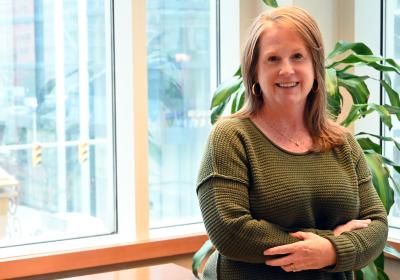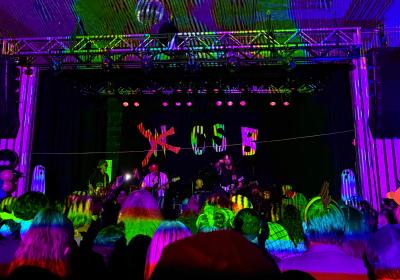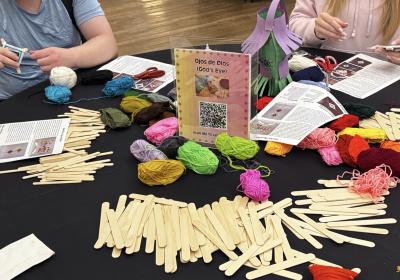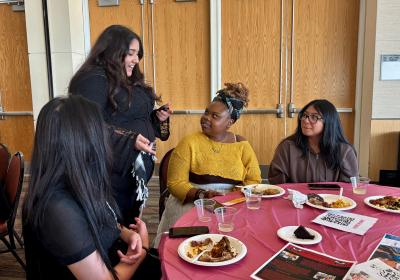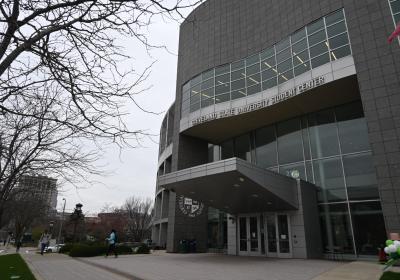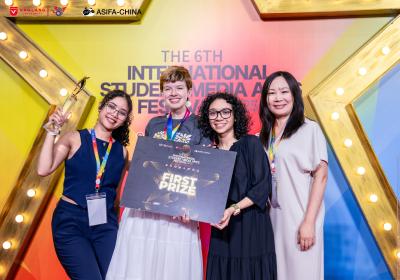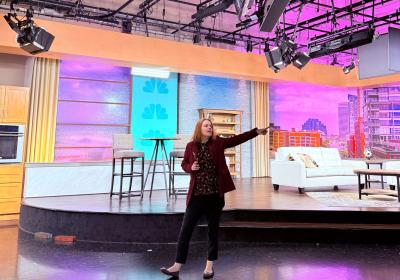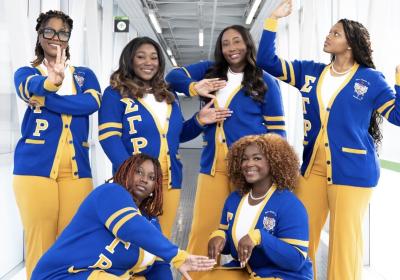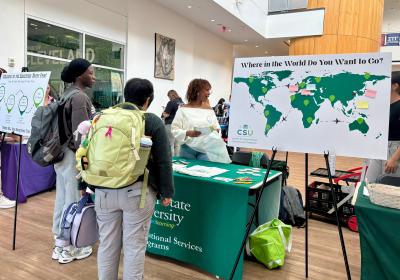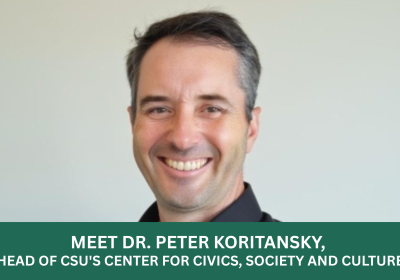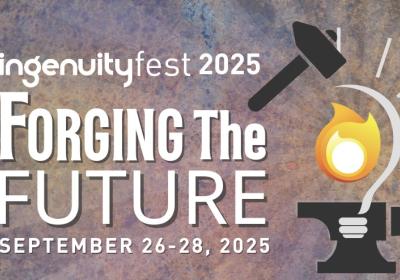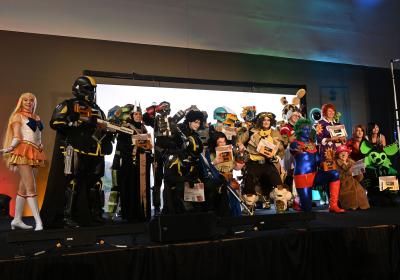
Library lends a hand
When Cleveland State University reopened to in-person activities in the fall of 2020, one would expect that the Michael Schwartz Library would have its usual visitors hustling in for one of the 900,000 books and other media the library offers, or for the library to return to an in-person hub for student gatherings and collaborative research. That isn’t quite what happened – the library reopened, but with social distancing safety measures, smaller library attendance, and a remote effort to assist CSU students and faculty members.
An unsung hero of the coronavirus pandemic, The Michael Schwartz Library provided computers, Zoom access, cameras, microphones, contactless pick-ups, e-books, online chat desks with live librarians, updated research guides, tutorials, resources for professors, conference rooms, technology guides, and one of the only available spaces open to students in the fall of 2020. All of this began to be quickly organized on the day of campus shut down, March 17, 2020, by library staff.
“Everyone was sort of in survival mode for the spring semester of 2020,” said Ben Richards, the business and communications librarian at Cleveland State. “Our biggest success was reopening before the rest of campus, and staying open for students who needed a place to study and for faculty who needed things delivered.”
Richards has been working at the library since 2015. When campus shut down in the spring of 2020, he was one of many employees at the library who aided in online library access for students and staff.
Richards explained that while this movement of resources was already a work in progress, the transition process was rapidly accelerated by the demands of the pandemic.
“This is a trend (starting) long before the pandemic but most of the new resources we get are online,” Richards said. “But when students were suddenly forced to interact with the library remotely, we had a few staff members who really scrambled to provide a sturdy remote access guide.”
Taylor Mariner, a sophomore undergraduate student at CSU, and a student-employee at the library, agreed with Richards about how essential the library resources are.
“I think that the pandemic is really leading us into a more remote and virtual world,” she said. “Because I started (college) mostly online, I was kind of on my own for learning how to do everything. The research guides and databases were really helpful and easy to use.”
The library hasn’t had the same amount of on campus visitors since reopening; both Richards and Mariner believe this to be a side effect of the new style of online education and the recent waves of COVID.
“Physical presence is a lot lower in the library,” Richards said. The way education is being delivered has changed… The pandemic made our services more visible and more confident in delivering (our) services.”
Mariner agreed. “I work on the third floor, so I can't speak for the entire library, but the general attendance is lower,” she said. “I definitely think some of it has to do with the increased virtual learning and a new way of life in COVID.”
While it is true there are fewer visitors, this can be explained by the gradual reopening of campus. In fall 2020, 60% of CSU classes were in person. As in-person classes have grown in activity, so has the in person attendance for Michael Schwartz Library, alongside the services the library now additionally provides online.
Richards said that the library is aiming to bring back more students into their work areas with events and pop-up tables. They are planning to incorporate new creative spaces, have built a new podcasting studio, and hope to create a permanent headshot booth.
“It quickly became apparent how crucial of a service we were, and still are,” Richards said.


